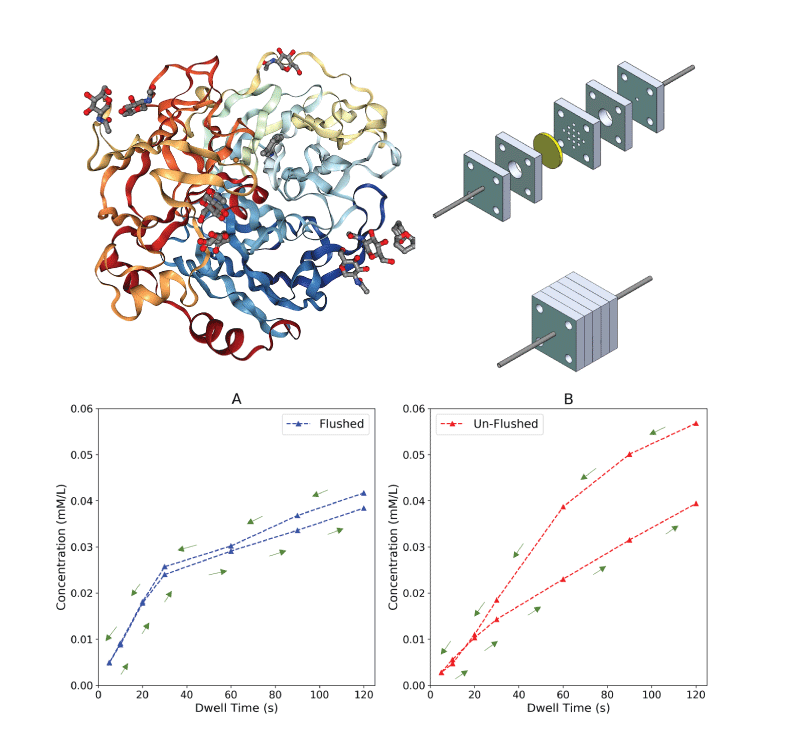Vehicles gain more sensors every year. Outward-facing sensors get the most attention: active braking, proximity sensing, rain-adapting. But what about the vehicle interior? We teamed up with experts on human-machine interaction to collect information on how sensors in vehicles might measure occupants’ stress levels and other safety-relevant behaviors. This literature review covers two types of soft sensors, wearable and in-vehicle, and discusses their potential to improve the human-factors side of transportation safety.
Dance pants
Magnetic feet + embroidered magnetic actuators + tiny pants
New Project: Control of Local Curvature and Buckling for Multifunctional Textile-Based Robots
We’re starting a new project in October led by Nick Gravish at the University of California, San Diego. Together with Dan Aukes (Arizona State University) and Ross Hatton (Oregon State University), we will create and model soft robots that have virtual joints. In nature, some animals have limbs with nearly infinite degrees of freedom (elephant trunks, octopus tentacles), yet will fold their limbs at a few places to handle a specific task. In the mechanical world, a metal tape measure is an example of such a virtual joint. You can collapse it at any position. After collapse, it prefers to bend there, but you can snap it back later — making the joint disappear.

Our lab at U of Louisville will develop surface-curvature actuators that reconfigure a robotic limb to bend at specific locations. In a large-format version of our strain-engineered microstructures, we will use planar textile fabrication methods (sewing, embroidery) to incorporate the actuators into limbs.
Paper accepted – Enzymes on Membranes

“Miniaturized Systems for Evaluating Enzyme Activity in Polymeric Membrane Bioreactors” is accepted for publication in Engineering in Life Sciences. Congratulations Shaf! The paper describes a small-scale platform for evaluating the activity of a laccase enzyme (top left) on membranes in a flow-through format (top right) using spectroscopy to detect a color change when the surface-bound enzyme oxidizes a flowing reactant. Enzymes can convert reactants into useful chemical products, and if they’re attached to a membrane, they can carry out the conversion continuously on flowing reactants. The graphs above show that a flushing step is needed to knock off loosely-bound enzyme for repeatable results in the product concentration (y-axis) as a function of reactant flow rate. In this work, we set out to make a system that works with small quantities of enzymes produced in lab experiments so our collaborators in biology can sort through enzyme variants more quickly.